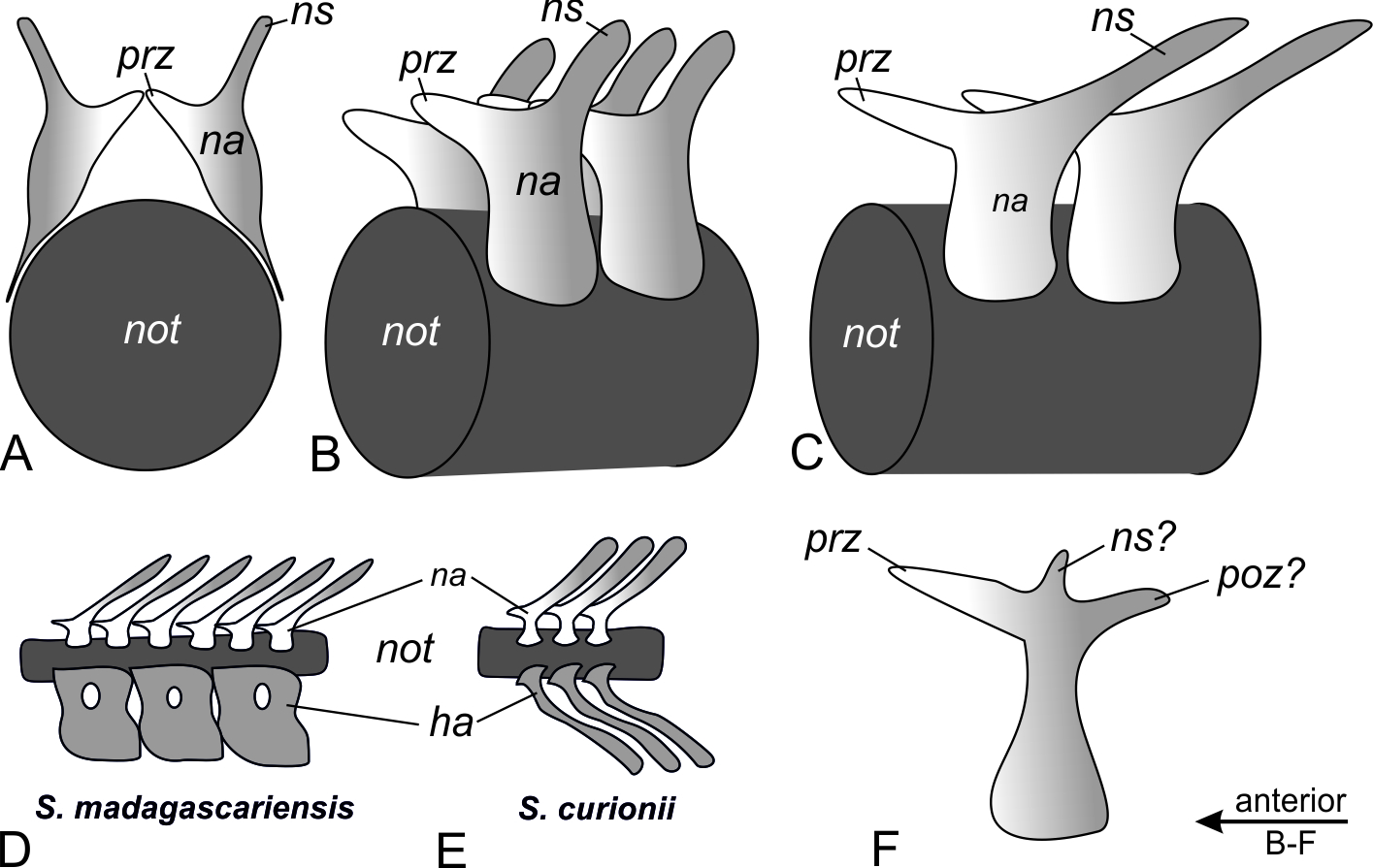LOCOMOTOR FUNCTION OF SCALES AND AXIAL SKELETON IN MIDDLE–LATE TRIASSIC SPECIES OF SAURICHTHYS (ACTINOPTERYGII)
DOI:
https://doi.org/10.13130/2039-4942/13551Keywords:
Pike-like predators; vertebral column; functional morphology; aquatic locomotion; Saurichthyiformes; Saurichthyidae.Abstract
Starting in the Late Permian, the “Triassic osteichthyan revolution” gave rise to several new morphotypes of actinopterygians, including the iconic barracuda-shaped predator Saurichthys. About 50 species, from 10 cm to over 1.5 m long, are known from mainly marine deposits worldwide. Despite current interest in Saurichthys, freshwater species and those from late Middle to early Late Triassic remain understudied. We document the postcranial morphology of three small to mid-sized (15–45 cm) species from this timeframe represented by sufficiently complete individuals: Saurichthys orientalis Sytchevskaya, 1999, from lacustrine deposits of the Madygen Formation (late Ladinian/Carnian); S. striolatus (Bronn, 1858) from the fully marine Predil Limestone (early Carnian); and S. calcaratus Griffith, 1977, from the terrigenously influenced coastal environment of the Lunz Formation (middle Carnian). S. orientalis resembles early saurichthyids in having six rows of large, thick ganoid scales; fins with segmented lepidotrichia; and flank scales relating to dorsal vertebral elements as 1:2. S. calcaratus and S. striolatus share unsegmented fin rays and a reduced scale cover with well-ossified but narrow mid-dorsal and mid-ventral scales and small, thin flank scales, relating to the dorsal arcualia as 1:1. Ventral arcualia are first described for S. calcaratus and S. striolatus, where they change in shape and number at the abdominal-caudal transition. In all three species, force transmission to the tail fin is enhanced by the caudal peduncle strengthened by a stiff structure arising from interlocking or fusion of the last enlarged mid-dorsal and mid-ventral scales (scutes), while the vertebral column remains rather lightly built.

Downloads
Published
Issue
Section
License
The journal allow the author(s) to hold the copyright without restrictions.






